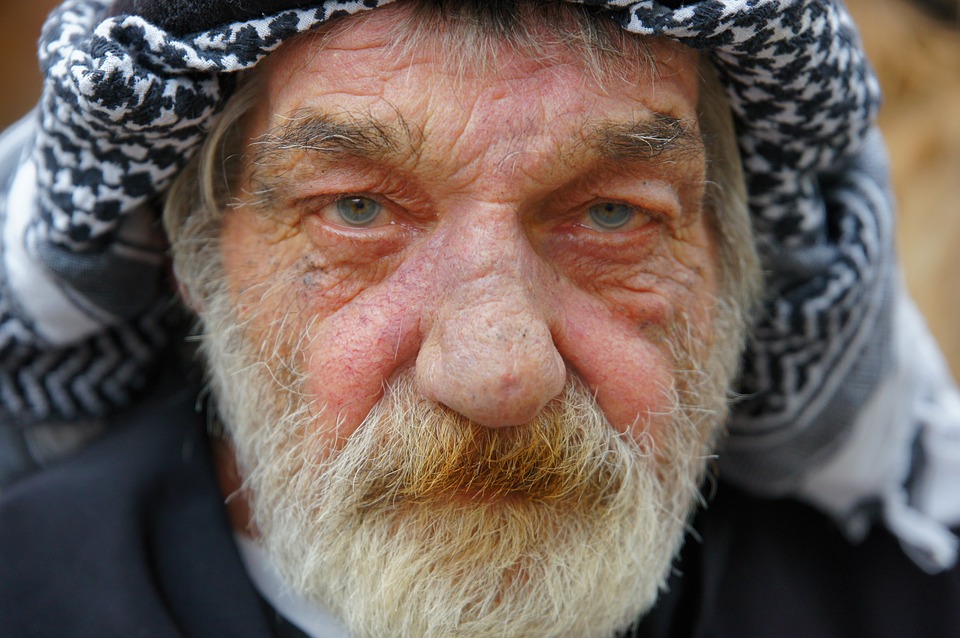Introduction
Embracing diversity is not just a desirable trait of a society but serves as a necessity given the varied human expressions that exist. One of the many aspects of diversity that has become the topic of discussions and debates is the spectrum of sexual orientations and identities. The society’s prevalent heteronormative culture has long perpetuated and propagated the binary understanding of gender and sexuality. However, over the past few decades, significant strides have been made in the areas of gender and sexuality to explore and understand broader expressions to human sexuality and gender identities.
Defining Sexual Orientation and Gender Identity
Sexual orientation refers to the emotional, romantic and sexual attraction that one feels towards certain individuals. The most common ones are heterosexuality (attraction towards opposite-sex), homosexuality (attraction towards same-sex) and bisexuality (attraction towards both sexes). However, there are many other orientations that fall under the umbrella of non-binary expressions, such as asexuality (lack of sexual attraction), pansexuality (attraction towards all genders) and demisexuality (attraction towards individuals only after emotional connections).
Similarly, gender identity refers to an individual’s internal perception of their gender, usually irrespective of their biological sex. There are several expressions of gender identities, including male, female, genderqueer, transgender, non-binary, and many other self-identified expressions. Understanding and acknowledging these wider ranges of gender identities is crucial to creating more inclusive and diverse societies.
Challenging Heteronormative Narratives
Establishing heteronormative cultural norms has long been the standard in many societies. Heteronormativity is the belief that heterosexuality is the only natural and acceptable expression of human sexuality, and anything outside this expression is deviant. This perspective has led to the oppression and marginalization of individuals that express other forms of sexuality and gender identities. As such, challenging heteronormative narratives is crucial to building inclusive and equitable societies that value diversity.
The first step in challenging heteronormative narratives is recognizing that the binary gender system is not the only way that people can express themselves. It is critical to acknowledge that there are many other genders beyond the conventional male and female classification. It is also necessary to create spaces that allow individuals to explore and express their gender identity and sexuality without fear of judgment, and without being boxed into societal expectations.
The Global Queer Movement
The global queer movement has seen significant strides in the last few decades towards achieving equal rights and societal acceptance. These movements have primarily focused on seeking legal recognition, equal rights, and protections for people who express their sexuality or gender non-conforming. In many societies, this has translated into advocacy for LGBTQ+ rights, which is an umbrella term used to encompass all those who identify outside of the heterosexual norms. The movement calls for equal access to justice, protection against violence and discrimination, and the recognition of the multiple forms of human sexuality.
Notably, the global queer movement seeks to challenge the norms propagated by the heteronormative culture and build more inclusive and diverse societies that value human diversity. They advocate for the right of individuals to express their sexuality and gender identity appropriately, without fear of discrimination, violence, or legal persecution.
Navigating Difficult Social and Cultural Issues
Embracing diversity requires confronting some significant social and cultural issues that often underpin the hierarchical nature of norms. One of the most difficult issues is the patriarchal biases that exist in many societies. Patriarchy has perpetuated the belief that male expressions of sexuality are superior to female expressions, such as the motive of sex. This has resulted in the objectification and marginalization of female sexuality, allowing for the broader societal disregard of other forms of gender and sexual expression. Thus, overcoming these patriarchal social and cultural biases is necessary to build equitable and inclusive societies.
Navigating these difficult issues is a three-step process. Firstly, it is essential to acknowledge the existence of these biases and recognize that they are harmful. Secondly, it is vital to make people aware of these biases and their detrimental effects. Finally, it is crucial to dismantle these biases by creating spaces and initiatives that challenge the societal presumptions about sexuality and gender expression. Only in this way, can we build more inclusive and equitable societies.
Conclusion
Embracing diversity and ensuring that society values the broad spectrum of sexual orientations and gender identities is crucial. The global queer movement has initiated important discussions and made significant strides over the past few decades, leading to increased awareness of the many forms of human sexuality. Tackling these issues, building inclusive communities and eliminating patriarchal biases is key to anchor a more equitable and accepting society. Building on these active movements of inclusivity is the way forward to finally create societies that respect and celebrate sexual diversity without any judgment or discrimination.
For a comprehensive understanding of the topics discussed in this article and to explore further resources, we encourage you to visit the following link: https://aflamaljins.com/الجنس-المغرب/